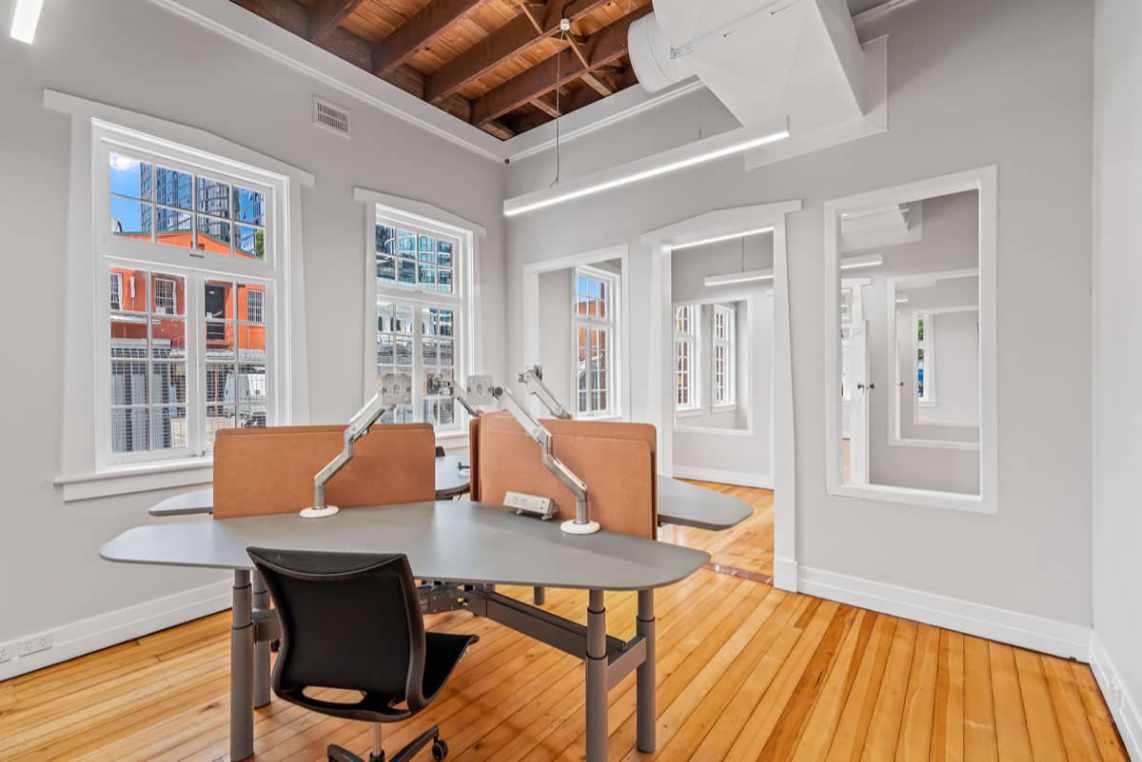What Is A Lease Incentive?
Incentives reward us for doing something. Lease incentives reward lessees or tenants, specifically, for signing a lease. But why would an Owner pay a Tenant to sign a lease? Usually, lease incentives are provided as a way to attract tenants to new buildings, or in high vacancy markets when competition amongst lessors is strong. If you’re wondering what a lease incentive means to you as a potential tenant, Aegis Property Group is here to explain everything you need to know.
What Are The Types of Commercial Lease Incentives?
There are diverse types of commercial lease incentives, ranging from rent-free periods and fit-out contributions, to rent abatements, and relocation costs. So what is a lease incentive? The incentives are all aimed at encouraging the tenants to choose that building or property for their commercial lease.
Rent-free periods in commercial property involve time in the lease where the tenant does not have to pay rent. This may be at the start or at the end of the lease period, for example, providing a two-month free period at the start of a 12-month lease for a small business, or one year free within a 10-year lease for a larger corporation.
Fit-out contributions are another way that landlords can incentivise their tenants to sign up. This could involved paying for the construction of new fittings & fixtures, repainting, installing new flooring or even providing upgrades to the common area of the building (like an End of Trip facility). This can be a significant cost-saver for prospective tenants in the current era of escalating building costs.
Finally, rent abatement is a permanent discount on the rental amount. This is either provided as a percentage of the monthly rental amount or a fixed discount.
How Is A Lease Incentive Calculated?
Lease incentives can have a significant impact on the overall cost of a tenant’s lease payment over their term. Negotiating a lease incentive can be important. So, how is a lease incentive calculated?
In lease accounting, the incentive discount is calculated as the total payment from the tenant to the landlord, minus a reimbursement or the reduced costs from the property owner. These total lease payments can be determined either in advance, as an inducement of the lessee to enter into a lease, or discounted from the base rent throughout the lease term. Once the lease agreement is in place, the tenant then has the right to use the asset for the agreed time period. This is deemed a right of use asset, or ROU asset.
An example of a lease incentive could be:
- An upfront payment to the lessee
- Reimbursement or assumption of the relocation or moving costs
- A rent-free period or time of reduced rent
- Payment of existing lease costs.
What If There Is A Clawback Provision In Lease Incentive's?
In the past, some Australian commercial property agreements have included caveats around incentive agreements that were known as “clawback provisions”. What does a clawback provision mean for lease incentives?
A clawback provision is when the lease incentive can be revoked, and the tenant made to pay back the value of the incentive, if the lease agreement is terminated or if the tenant is in default of their agreement.
When are clawback provisions relevant?
Tenants should be aware of potential clauses in their lease agreements that they would be required to refund the incentive value in the event they ended their lease ahead of the contracted term, as a form of compensation
Going into a lease negotiation
When your business is ready to sign up for a property lease, it pays to consider how to negotiate the commercial lease incentives.
Going into a lease negotiation for a new premises, make sure you understand the terms and conditions of the agreement, for example, how long the lease will be in place, what happens if you break lease, and what discounts will be applied. Working with experienced professional property specialists can help to explain and streamline this process.
Many organisations seek legal advice to provide an overview of what can be a complex document.
It is also worthwhile confirming the lease agreement with an accountant or financial specialist. Tenants may be liable for additional costs if the lease incentives they receive within their commercial lease agreement are deemed assessable income for tax purposes.
The Australian Taxation Office advises that rent-free periods are effectively tax-free and potentially free fit outs. Other cash or gift bonuses, however, may be considered taxable income for an individual.
Contact your leasing expert at Aegis Property Group
If you are looking for opportunities to lease in the Brisbane Fringe, contact Aegis Property Group today. Aegis Property Group leaders have been leasing in the Brisbane area for 25 years. They offer a range of tenancies across northern Brisbane.
.svg)



